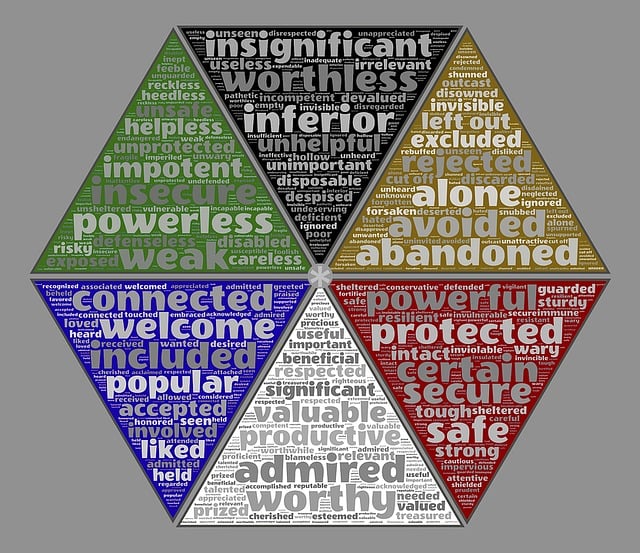Contrast media, like CT contrast for X-ray, are vital in angiography and blood vessel imaging, enhancing visibility of arteries, veins, and tissues. They enable radiologists to detect blockages, atherosclerosis, or vascular malformations, aiding accurate diagnosis and treatment planning. Safe administration requires patient factor considerations, adherence to guidelines, proper training, and adequate hydration.
“Contrast media play a pivotal role in angiography and blood vessel imaging, enhancing the clarity of critical vascular structures on X-ray and CT scans. This article delves into the understanding and application of these agents in angiographic procedures, exploring different types tailored to specific imaging needs. We discuss how CT contrast specifically revolutionizes X-ray clarity, enabling more accurate diagnoses. Additionally, safety considerations surrounding contrast agent administration are addressed, providing a comprehensive guide for healthcare professionals.”
Understanding Contrast Media in Angiography
Contrast media play a pivotal role in angiography and blood vessel imaging, enhancing the visibility of vessels and structures that might otherwise be obscured. These substances are carefully selected to improve the contrast between the arteries, veins, and surrounding tissues when used with various imaging techniques like X-ray angiography or CT scans (CT contrast for X-ray).
In angiography, contrast media are administered intravenously to create sharp, detailed images of the circulatory system. They work by blocking X-rays differently than body tissues, allowing radiologists to precisely visualize blood flow patterns, detect blockages, and identify abnormalities in vessel structure. This information is crucial for diagnosing conditions such as atherosclerosis, aneurysms, or vascular malformations, guiding treatment decisions, and ensuring optimal patient care.
Types of Contrast Agents for Blood Vessel Imaging
In blood vessel imaging, various types of contrast agents are employed to enhance the visibility and detail of vascular structures during procedures like angiography. These agents work by interacting with X-rays, either by absorbing or reflecting them, which creates a marked difference in tissue density and thus, improves image quality. One commonly used category is ionic contrast media, consisting of elements like iodine or barium sulfate. Iodine-based CT contrast for X-ray imaging is particularly prevalent due to its high X-ray absorbance and low toxicity, making it safe for routine use. Non-ionic contrast agents are another important class, offering advantages such as faster clearance from the body and reduced risk of allergic reactions. These agents are valuable in specific applications like magnetic resonance angiography (MRA), where they provide detailed blood vessel images without using ionizing radiation.
Enhancing X-ray Clarity with CT Contrast
In the realm of medical imaging, enhancing the clarity of X-rays is paramount for accurate diagnosis, especially when examining blood vessels. This is where CT contrast for X-ray plays a pivotal role. Contrast media, such as iodinated compounds, are injected into the patient’s bloodstream prior to the scan. These substances have a higher X-ray density than body tissues, allowing them to highlight specific areas of interest during the imaging process.
When utilized in conjunction with computed tomography (CT) scans, CT contrast for X-ray becomes an indispensable tool. The high-resolution images generated by CT scanners, combined with the enhanced visibility provided by the contrast media, offer a detailed tapestry of the vascular system. This enables radiologists to detect anomalies, such as blockages or narrowing of blood vessels, that might be obscured in standard X-ray imaging. Consequently, the use of CT contrast for X-ray enhances diagnostic accuracy and facilitates more effective treatment planning.
Safety and Administration Considerations
The safe administration of contrast media is paramount in angiography procedures. Before using any contrast agent, healthcare providers must consider patient factors like age, kidney function, and allergies. For instance, patients with compromised renal function may require adjustments or alternative agents due to potential toxicity associated with ionizing radiation and contrast materials during CT scans, which use X-ray technology. Adhering to manufacturer guidelines and local protocols ensures the optimal and safe usage of these media.
Additionally, proper training and experience are essential for medical staff handling contrast injections. They must be skilled in choosing the appropriate agent based on imaging modality, ensuring adequate hydration before and after the procedure to minimize potential side effects like nausea or skin reactions. Effective communication between radiologists, nurses, and patients is vital to navigate any concerns and ensure a safe and effective angiography experience.
Contrast media plays a pivotal role in enhancing angiography and blood vessel imaging, providing critical insights into vascular health. By understanding different types of contrast agents and their applications, such as CT contrast for X-ray, medical professionals can improve diagnostic accuracy. Safe administration practices, coupled with advancements in technology, ensure that these media continue to be indispensable tools in modern radiology, enabling more effective navigation and treatment of blood vessel conditions.
